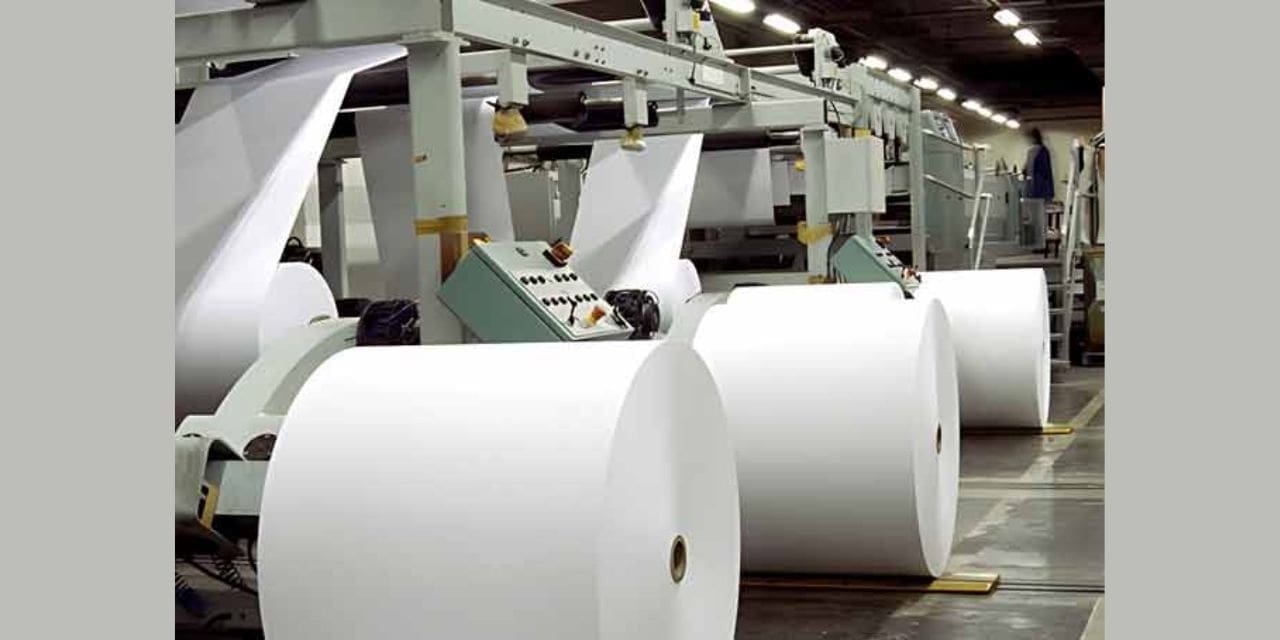Synopsis
The paper industry, including paper, newsprint, and paper products, witnessed a significant improvement in operating margins of 926 basis points (bps) in FY23 compared to the previous year for the top 10 listed companies based on market capitalisation. This improvement was primarily driven by revenue growth of 45%. The industry experienced higher volumes and a notable surge of nearly 40% in net realization, which contributed to the sharp improvement in operating margins. In the first three quarters of FY23, the paper industry demonstrated robust financial performance, fueled by pent-up demand and price hikes implemented by market players to capitalize on the surge in demand. However, during Q4FY23, the industry began showing signs of stabilization after achieving double-digit growth for eight consecutive quarters until Q3FY23. Factors such as China’s ban on paper waste and supply disruptions resulting from the Russia-Ukraine war led to a significant increase in Net Price Realizations (NPR) worldwide, soaring from Rs. 70,000 per tonne to Rs. 100,000 per tonne. Looking ahead to FY24, CareEdge Ratings anticipates moderation in both topline and operating margins by 200 to 300 bps. This expectation is based on the stabilisation of demand and the cooling down of raw material prices, which is likely to result in a corresponding moderation of net price realisations.
The Upswing in the Industry
The Indian paper and paperboard packaging market is projected to experience a compound annual growth rate (CAGR) of 6.6% during the period of 2023-2027, reaching a value of USD 15.59 billion by 2027. In FY23, the opening up of user industries led to a surge in pent-up demand for paper. This increased demand, coupled with higher realizations, resulted in a significant rise in the industry’s total revenue, outpacing the growth in operating expenses. The industry witnessed a substantial increase in sales volumes, which is reflected in the higher production volumes of 62.79 thousand tonnes, representing a growth rate of 1.82% in CY22. Moreover, the sales revenues of
the industry recorded a remarkable 45% growth in FY23 compared to the previous year. The Wholesale Price Index (WPI) for writing and printing paper exhibited an upward trend, rising by 28.9% in Q2FY23, followed by a further increase of 22.3% in Q3FY23. Although the trend continued in Q4FY23, the pace of increase moderated to 16%.

Supply-Demand Disruption Led to Higher Realisations
In India, raw material to produce paper and paperboard is divided into three main categories: recycled fiber accounting for 71%, wood-based fibre for 21%, and the remaining 8% is derived from agro-residuals. Due to a scarcity of wood fibre, India heavily relies on imports of paper and paperboard. In FY23, the Net Price Realization (NPR) experienced a significant increase, reaching Rs. 100,000 per tonne, compared to Rs. 70,000 per tonne in the ten-month period ending November 2022. This surge in prices can be attributed to high pent-up global demand and supply disruptions caused by the Russia-Ukraine War, resulting in a substantial price increase of 42.8%.
Additionally, in January 2021, China implemented a ban on the import of recycled paper waste. Prior to the ban, China accounted for approximately 29% of the imported paper waste, totalling around USD 1.7 billion. Following the ban, the market shifted to India, Vietnam, and Malaysia, leading to an increase in the volume of imported paper waste in these countries. Furthermore, China began procuring clean and fresh paper from Indian paper mills, disrupting the demand-supply balance in the Indian market. As a result, Indian paper mills were compelled to adjust their processes to meet the Chinese demand, which further contributed to the spike in paper prices.

The WPI for the Paper & Paper Products witnessed slight moderation in March-23 after eight consecutive increases in prices reaching a peak in June-22. Nevertheless, sub-segments like printing and writing paper and Map litho paper have grown at double digits. The decline was contributed from Kraft Paper and Duplex Paper which declined by 21.2% and 19.6% respectively mainly led by the availability of cheaper products from paper mills in Indonesia, Taiwan, and Malaysia as against the more expensive Indian products.
Uncertainty Affects Growth
India’s import of paper and paperboard jumped 47% to Rs. 11,513 crores in May’23. The high imports were contributed by China which saw a massive increase of 112% for paperboards whereas imports from other ASEAN countries jumped by 97%. As the domestic industry struggles with the challenge to produce paper at competitive costs, high amounts of raw material (paper pulp) are imported at lower costs taking advantage of the Asia Pacific Trade Agreements (APTA). Currently, the cost of procuring wood in India is upwards of USD 100 per tonne while the same in other countries is USD 60 per tonne which can be harmful over the medium to long term. Raw material
supply will determine if the upshift in the industry is sustainable, especially after the headwind of inflating raw material prices and the sudden increase in imports which has endangered many small and medium paper mills.

Careedge View
“Careedge Ratings expects that as the demand softens and with an expected increase in global pulping capacity, the NPR is expected to be in the range of Rs. 75,000 per tonnes to Rs. 85,000 tonnes for FY24. This moderation of NPR is expected to moderate the topline and operating margins by 200-300 bps from H2FY24, an after effect of softening of raw material prices in H1FY24.” – Arti Roy, Associate Director.
Continuous supply of wood and other raw materials remains a key monitorable for the industry. The recent increase in pulp imports remains a major concern which will adversely affect the export, signs of the ill effects are already visible in the packing segment. The government’s initiatives for imposing anti-dumping duties on paper imports, especially from China will remain a crucial factor for Indian Paper Industry.

